The Forts of Saint-Malo are a big part of the identity of the Corsair City. Built at the end of the 17th century to protect the city, they were designed by the famous architect Vauban on the orders of Louis XIV.
We often know them by name, but their history is less known. So today, I wanted to post a somewhat different article by delving a bit more into history.
Why are there forts off the coast of Saint-Malo?
Saint-Malo has long been a strategic location, especially during the war against the English and the Dutch at the end of the 17th century.
It is for this reason that Louis XIV entrusted Vauban with the mission to erect maritime fortifications with the aim of protecting the city, and thus France, from enemy attacks.
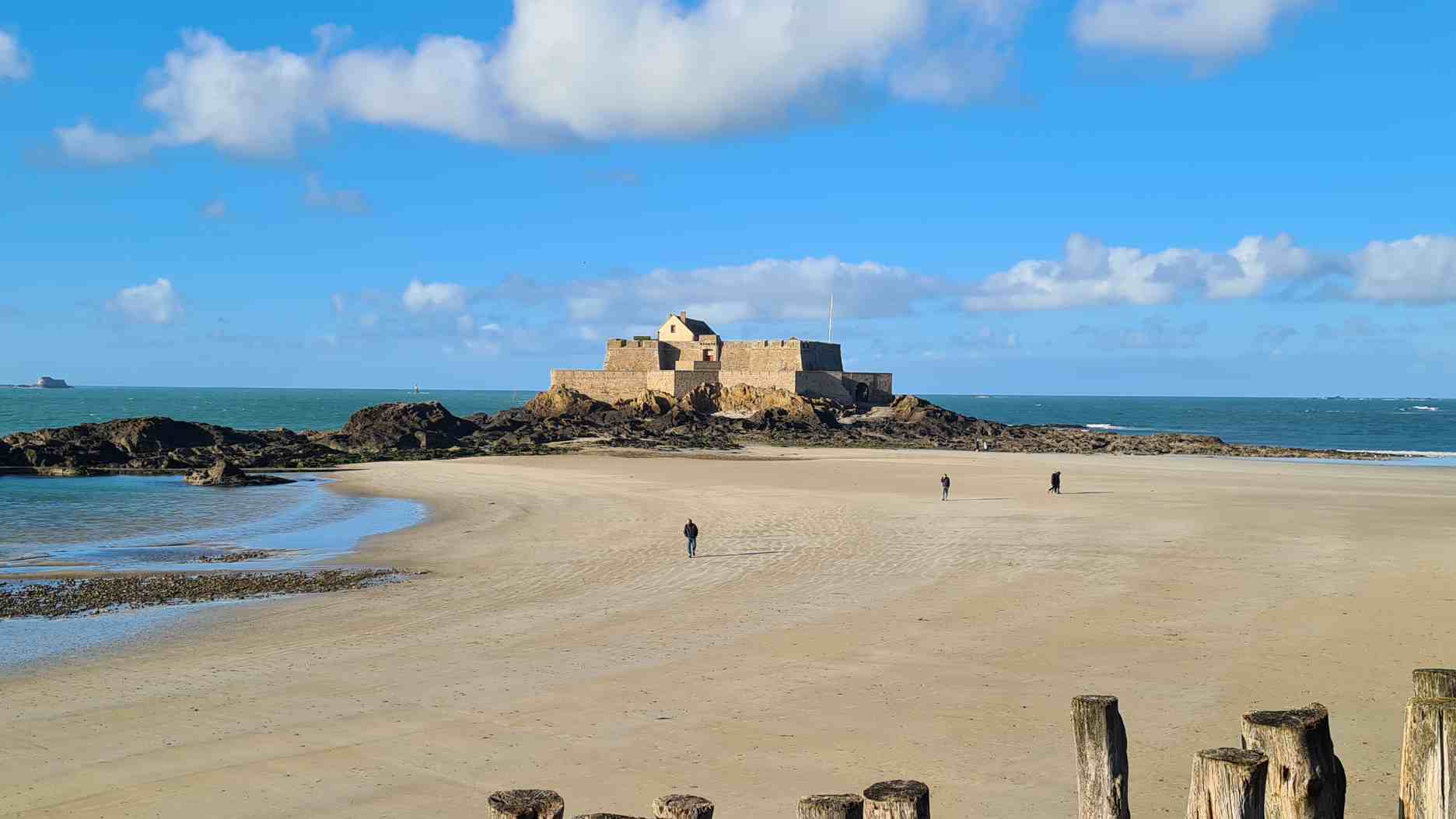
The creation of these forts is attributed to the architect Vauban because he envisioned them. However, the construction of most of the forts was supervised by Siméon Garangeau. This engineer was appointed by Vauban as the “Chief Engineer and Director of Fortifications of Saint-Malo.”
So the forts were built on existing rocky islets.
By building 4 forts in Saint-Malo in the 17th century, Louis XIV ensured the protection of Saint-Malo by making access to the port entrances nearly impossible.
Today, the forts of Saint-Malo no longer serve a political purpose. Some of them can be visited.
The 4 Forts of Saint-Malo
I’ll introduce you to the forts of Saint-Malo in the order of their construction.
National Fort
The National Fort is probably the most famous of the 4 forts of Saint-Malo. It is also the most easily accessible. It is located on the Sillon Beach, facing the old town. In the past, it was called Fort Royal.
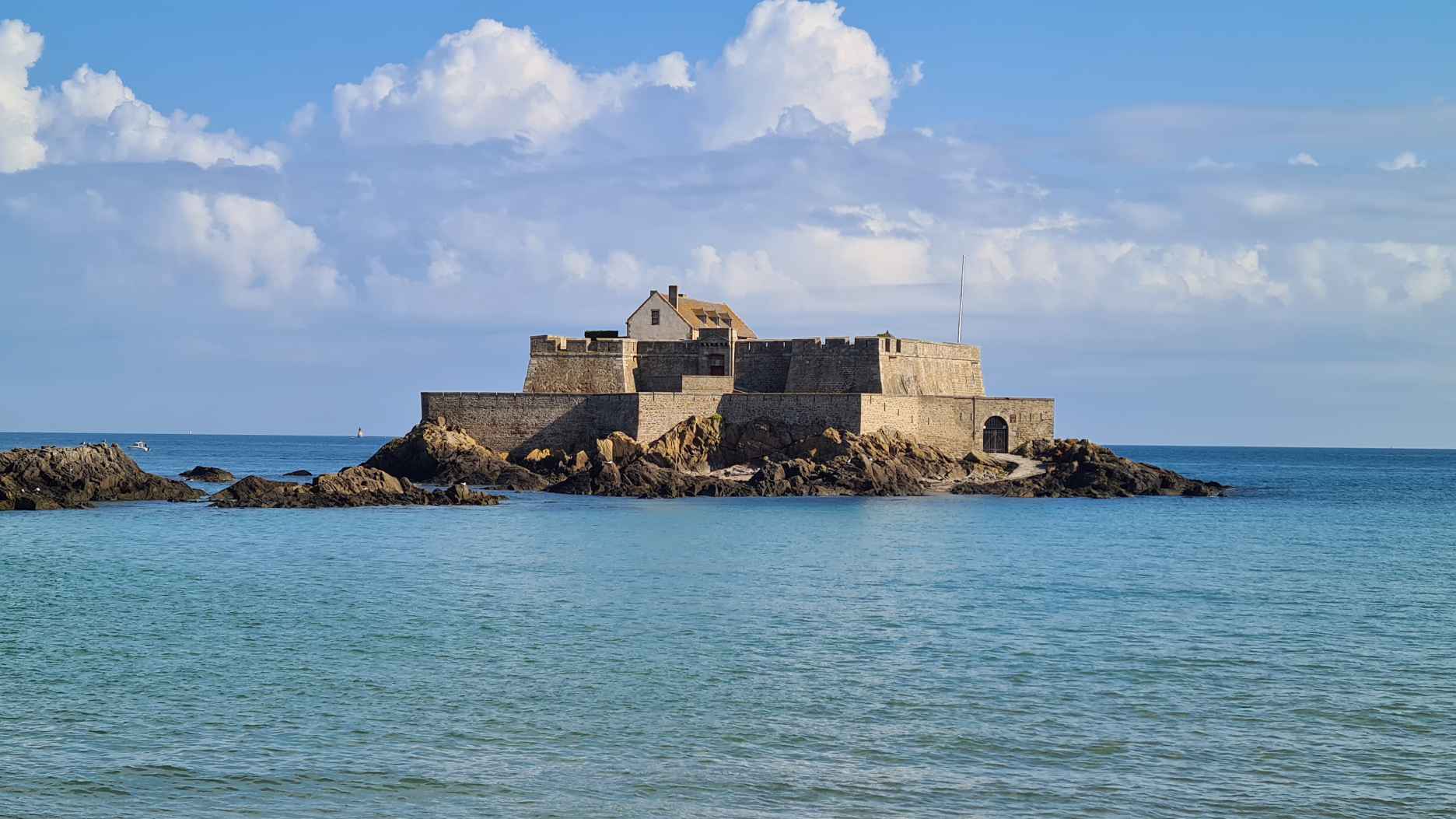
Its construction began in 1689. As I mentioned in the introduction, its plans were drawn by Vauban, but it was the engineer Siméon Garangeau who supervised the construction.
Throughout history, many battles have taken place at Fort National. In 1944, during World War II, the fort was even transformed into a prison by the Germans, who imprisoned people from Saint-Malo there.
Note: it is possible to visit Fort National. If the flag is raised, it means it's open!
Petit Bé Fort
Located on the island of the same name, the Petit Bé Fort was built in 1707. At the time, it could accommodate up to 160 men during wartime.
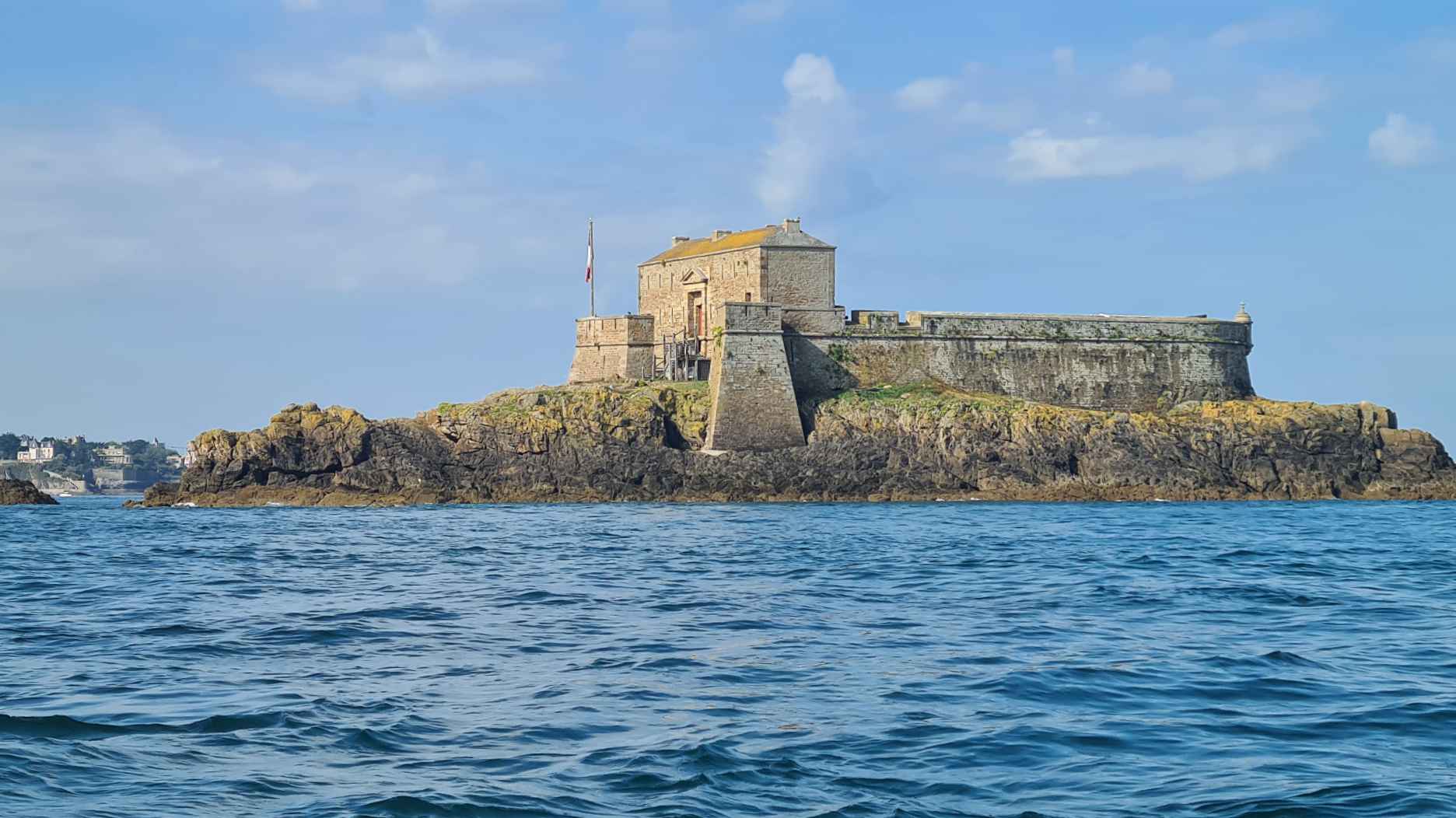
The Petit Bé fort was abandoned for nearly a century. However, in 2000, a passionate man was able to sign a lease with the city, granting him ownership of the fort for 70 years. In exchange, he committed to restore the fort based on architectural treaties of the time.
The Petit Bé Fort can be visited at low tide, but a boat can also access it when the tide is high. Paid visits help fund the restoration of the fort.
Fort de la Conchée
Fort de la Conchée is further out to sea. It can only be reached by boat. Its construction was also supervised by Engineer Garangeau. It was so challenging that the work stretched from 1692 to 1710. In a letter to King Louis XIV, Vauban himself said of La Conchée: “La Conchée will hereafter be the best fortress in the kingdom, the smallest and the best conceived, as it will have been the most difficult to build, for no work has ever been so much.”
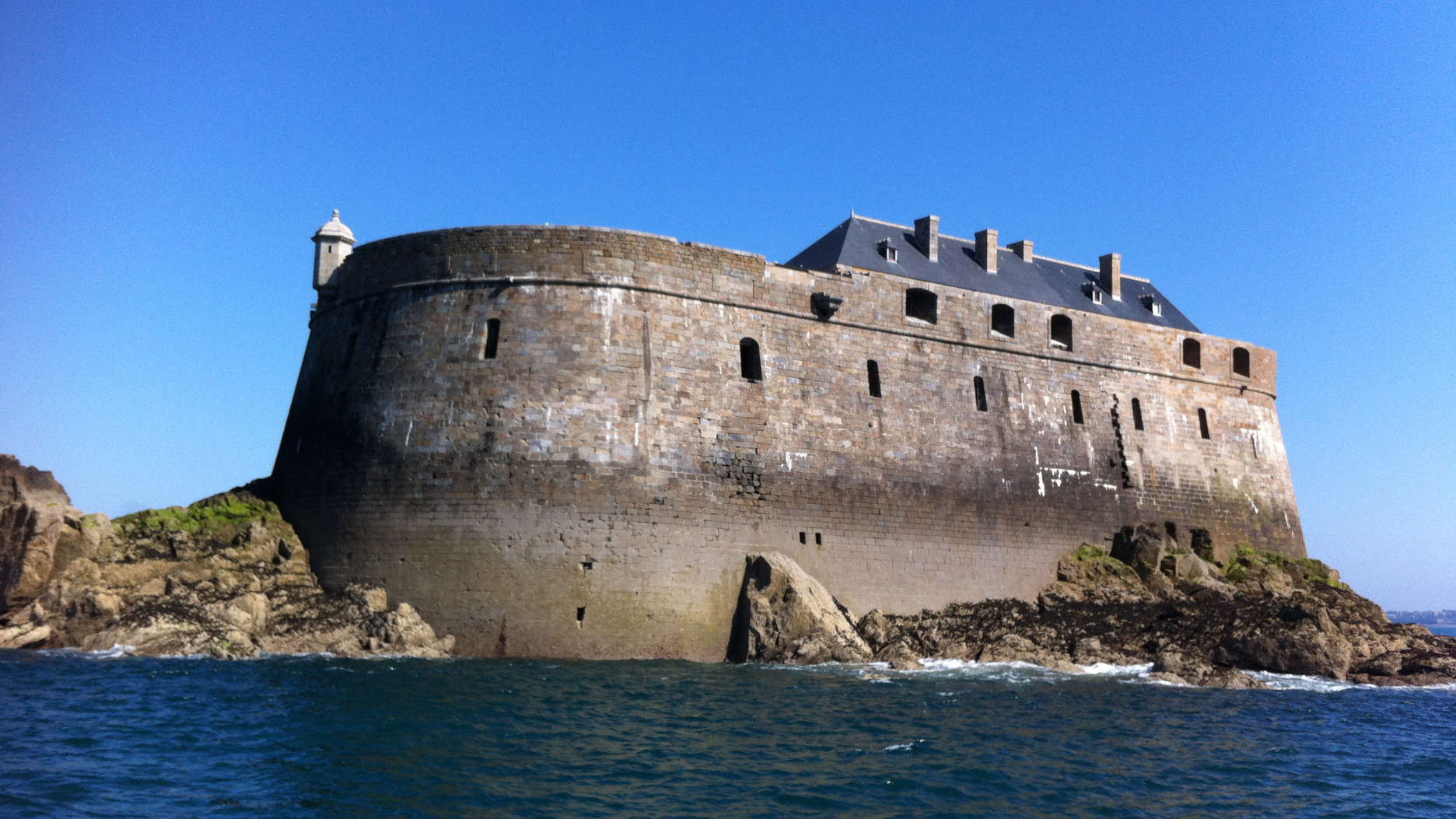
This fort is more imposing than the previous two. It measures nearly 65 meters in length and 32 meters in width! It could accommodate up to 200 men.
Since 1989, the Compagnie du Fort de la Conchée is its owner. They have already restored nearly 80% of the building. It is possible to follow the progress of the work on their website.
Once or twice a year, its doors open and it can be visited by taking a water taxi or using your own boat.
Fort Harbour
Fort Harbour is the last fort to have been built to protect Saint-Malo. It is located to the west of Saint-Malo, facing Dinard. Being offshore, it can only be accessed by boat.
In 1952, Fort Harbour was classified as a historical monument.
It is not possible to visit Fort Harbour today. Its owner, a private individual, reveals nothing about the interior of the fort. It is very secretive: all that is known is that he acquired the fort in 1981 and fully renovated it.
And Fort Du Guesclin?
I also wanted to mention Fort Du Guesclin, which is located on one of the most beautiful beaches in Saint-Malo. Although it is not considered one of the defensive forts of Saint-Malo, Vauban also left his mark here!
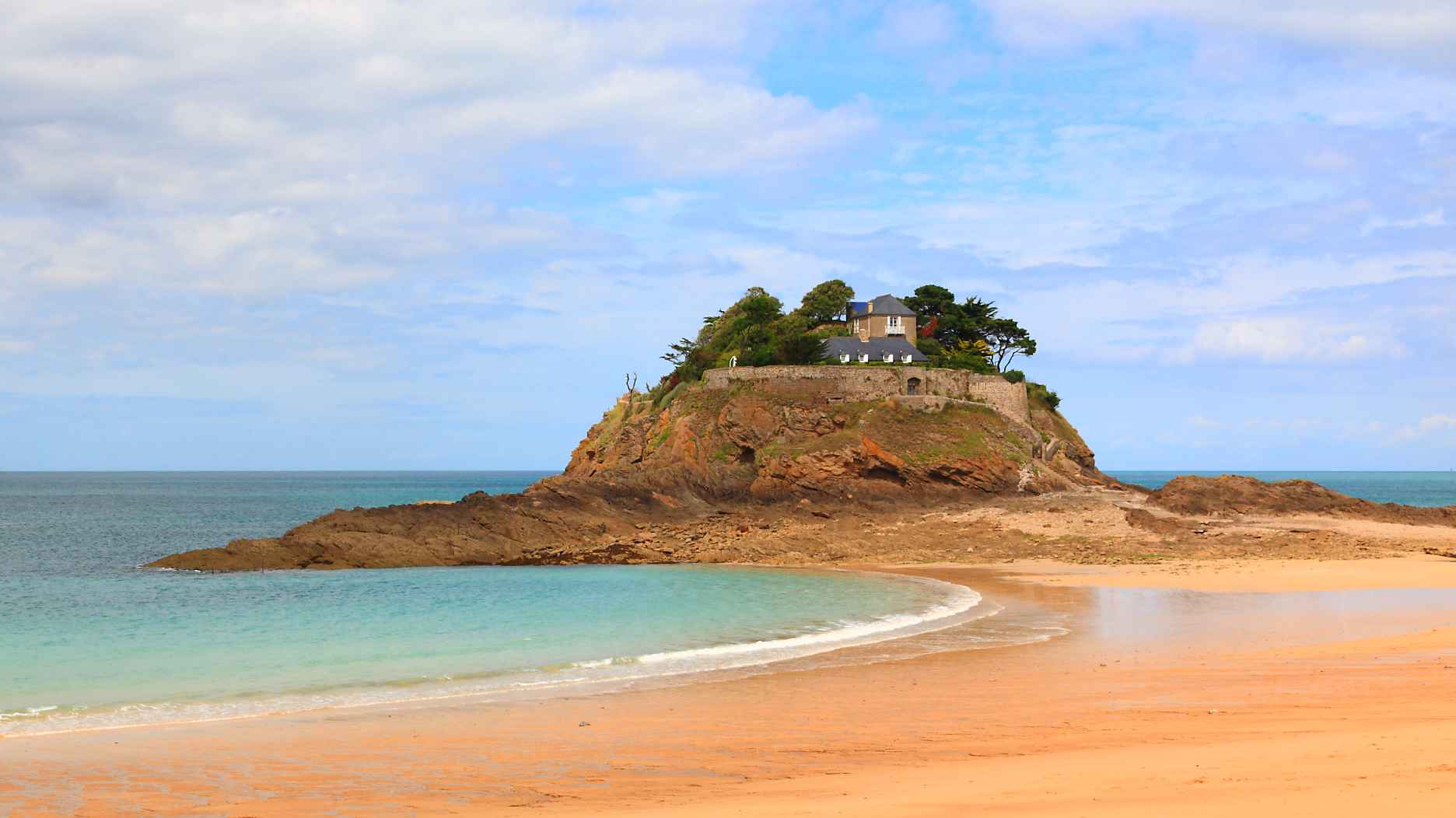
In the 12th century, a castle and a keep were built here. But between 1757 and 1759, everything was destroyed so that Vauban could build a fort to protect the coast from the English.
When the war ended, its political utility was no longer needed. It was sold to private individuals. This is why it is no longer really considered a fort: it has become a place of residence like any other (albeit a bit unusual!).
Until 1969, the singer Léo Ferré lived there. Note that the fort is only accessible at low tide.
I hope you enjoyed this discovery of Vauban’s forts. They are part of the soul of Saint-Malo and have effectively protected the city. While Saint-Malo has been attacked several times in its history, it has never been taken by the sea, thanks to its forts.
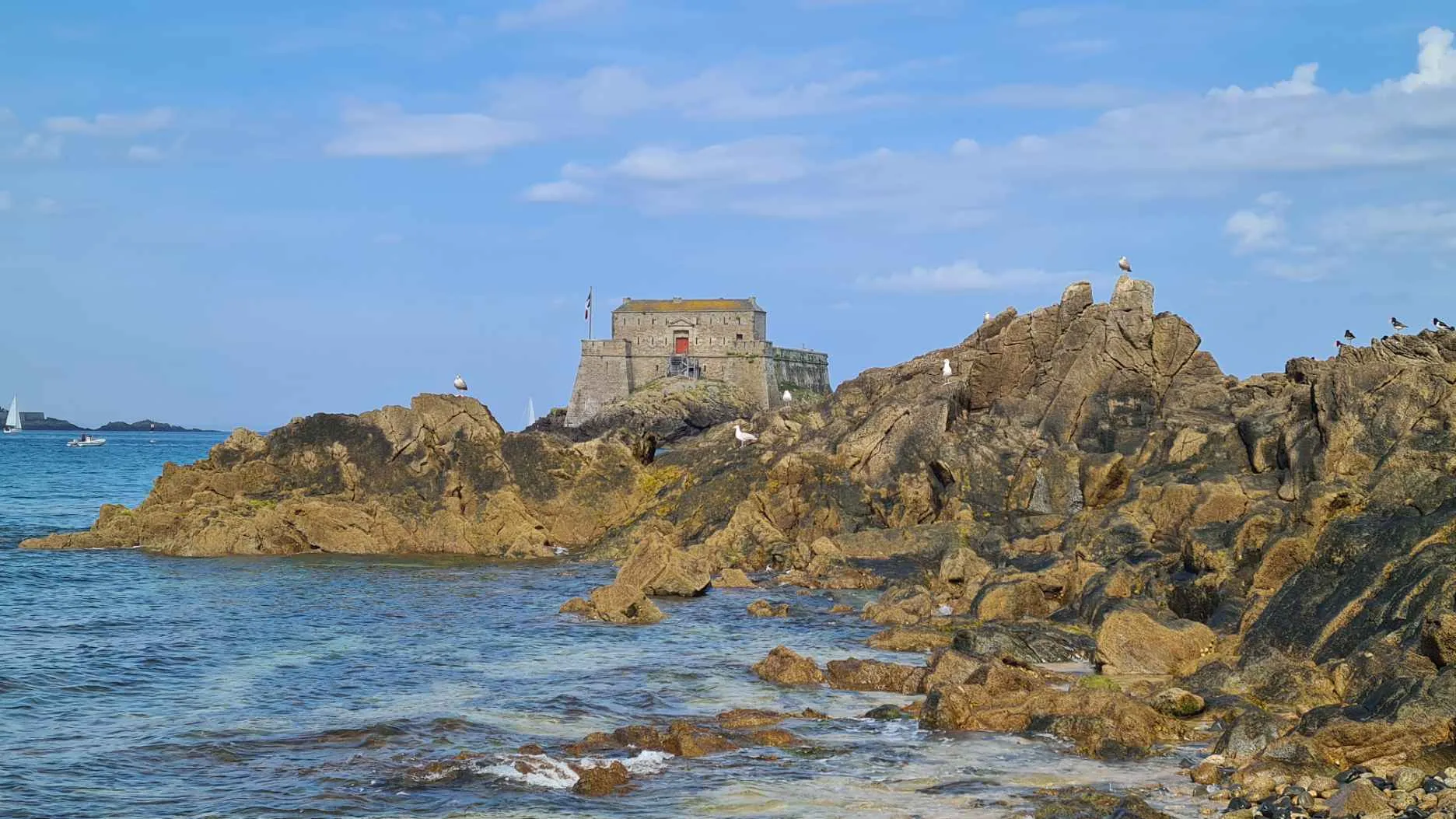

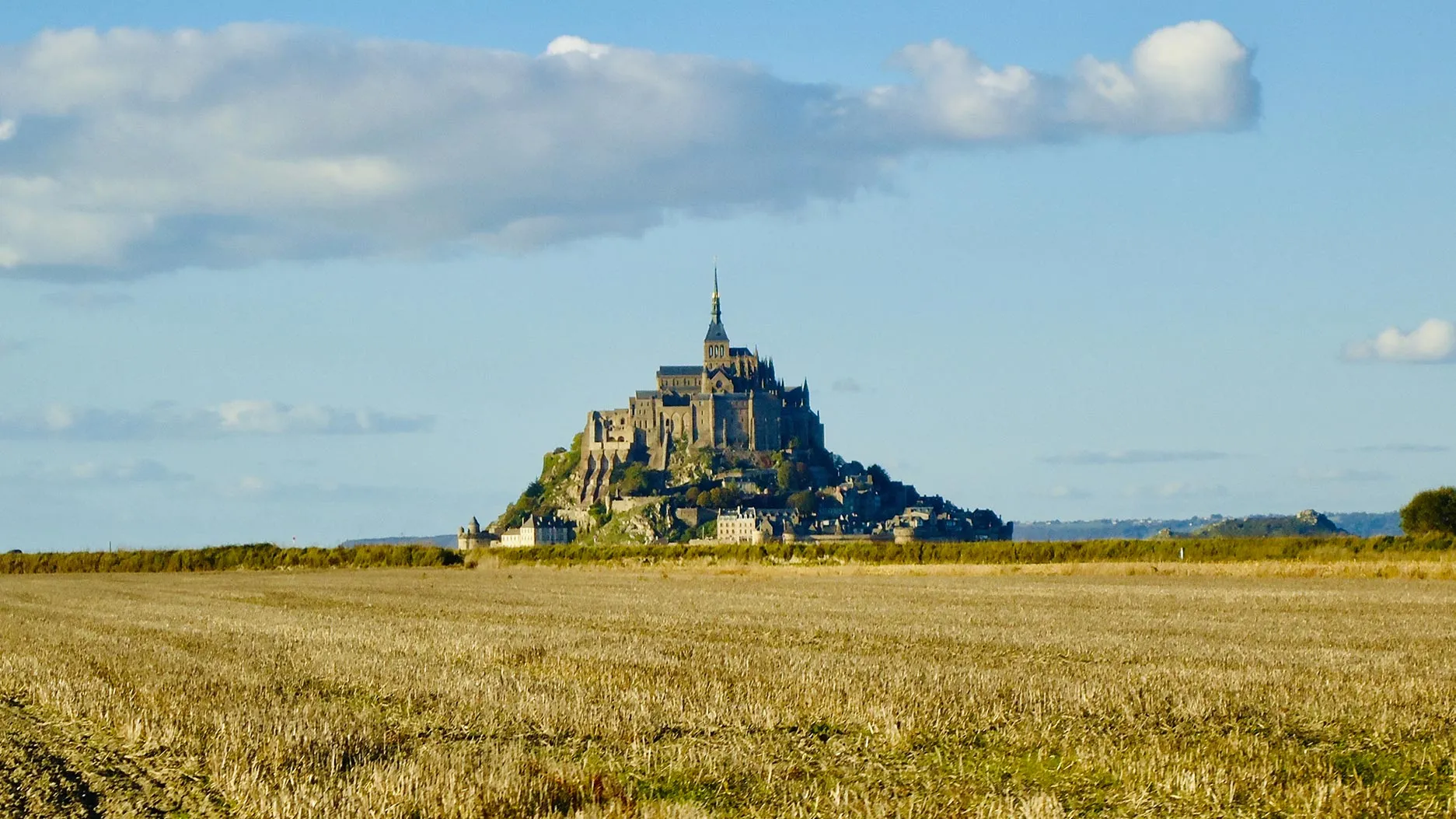
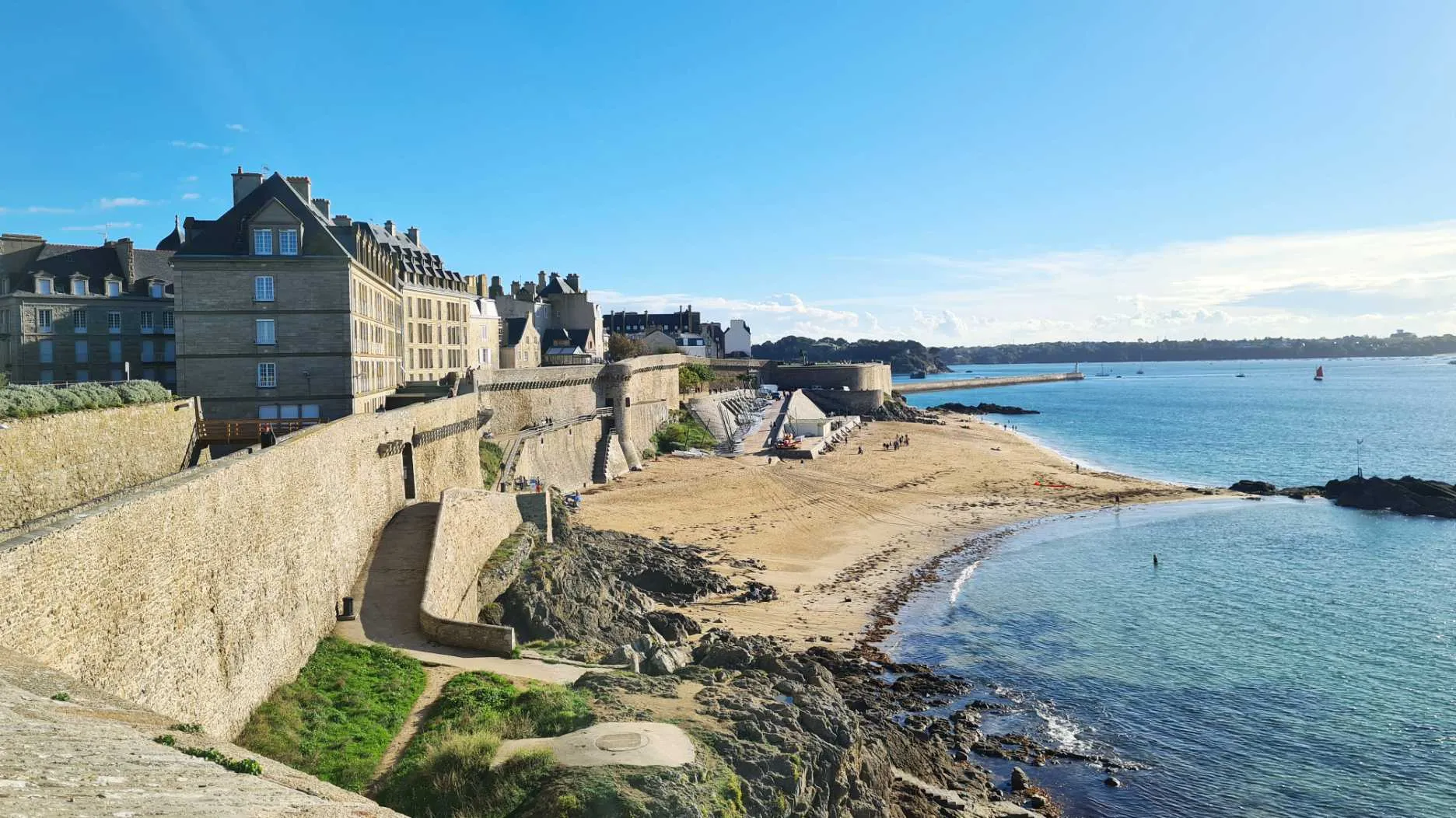
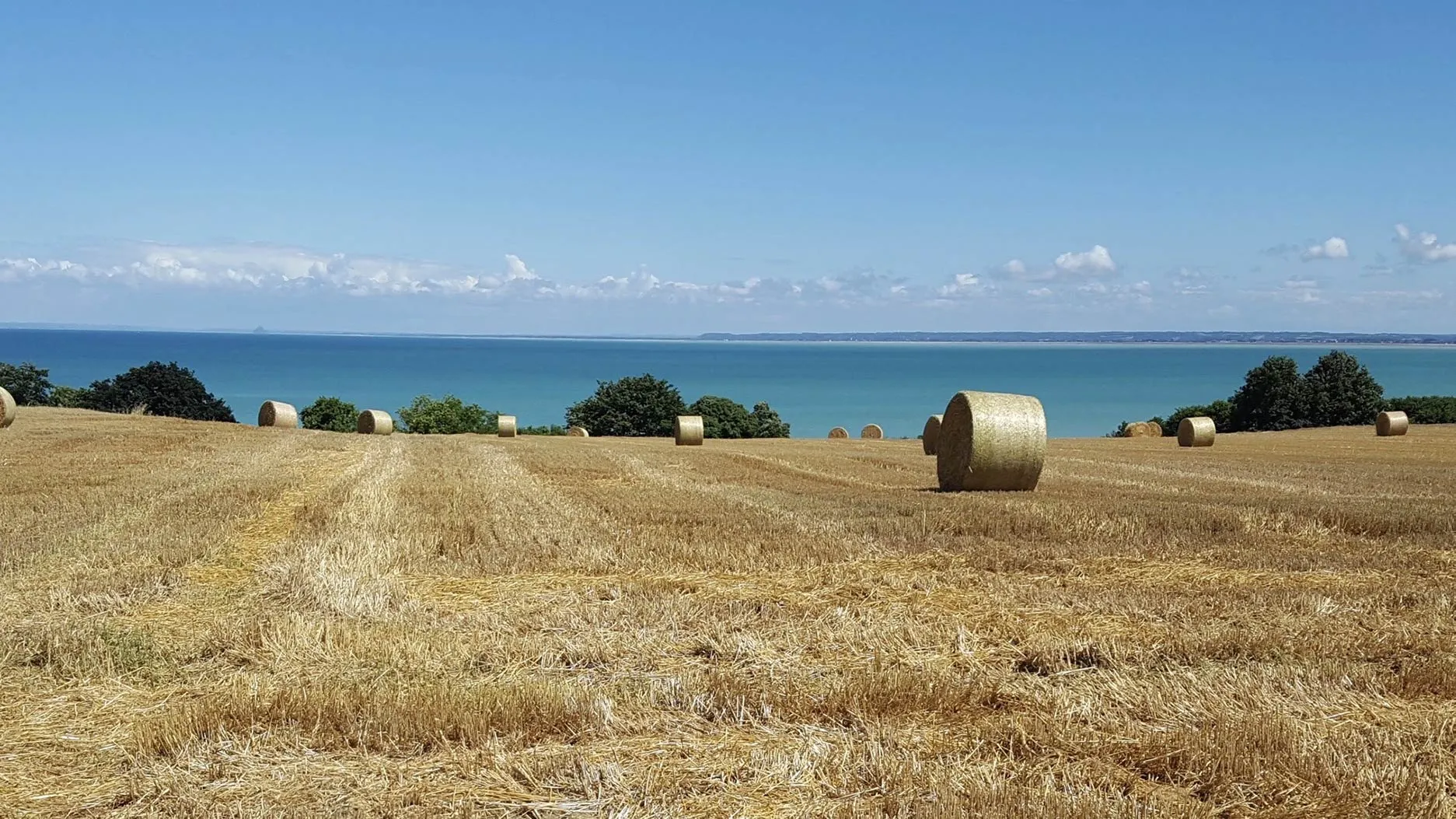
Add your own comment :)
I'll reply as soon as possible!0 Comments
Leave me a comment, i'll reply as soon as possible!